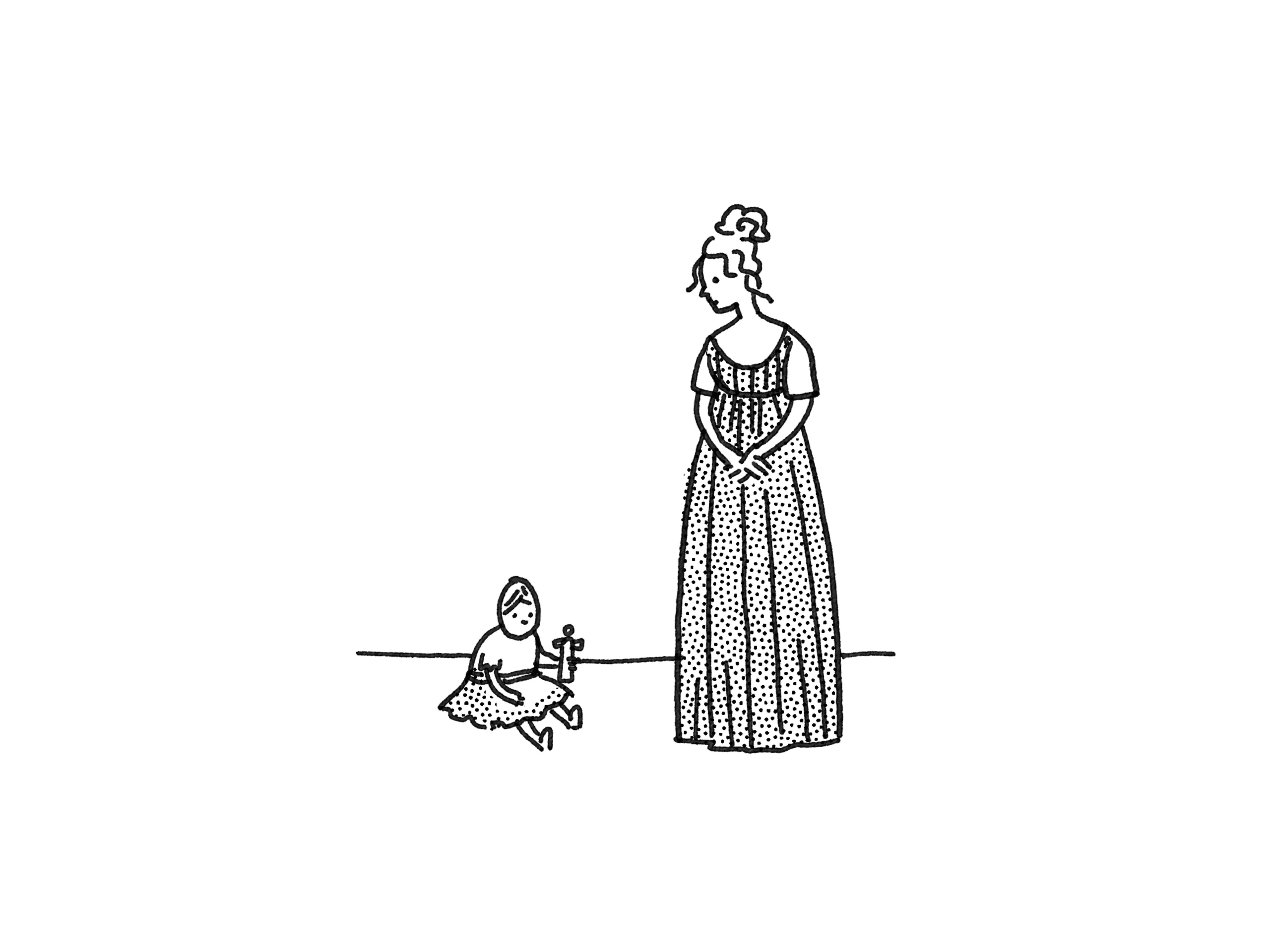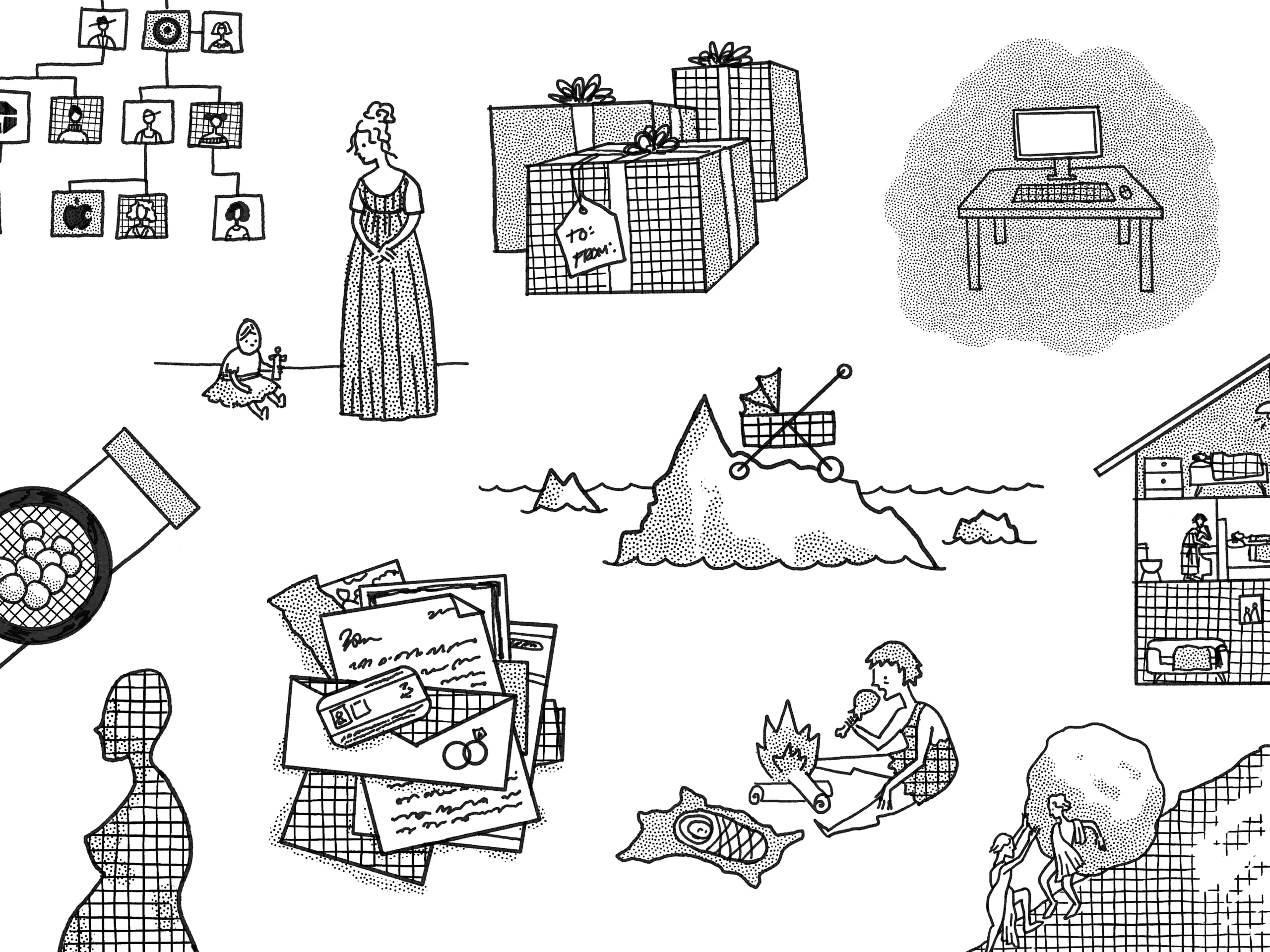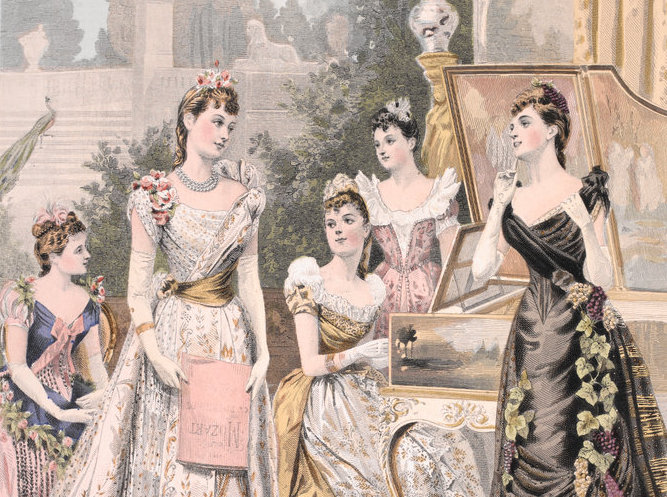Noelle Bodick
Back-Lasch
Noelle Bodick
To the jaded feminist of our day, family life can look like a losing proposition. Not for us the sentimentalizing of romance novels, pandering to the quaint longings of a bygone girlhood. If Jane Austen’s set could take a code of hypergamy as second nature, women today are instead taught — by writers, artists, theorists, brands — to want something very different: solitary selfhood, exalted friendships, and a romantic life...
No Returns | On Family Functions and Dysfunctions
Noelle Bodick
In December, The New Yorker asked, “How Did Polyamory Become So Popular?” in a piece that tracked the rise of the open relationship, from the obscure “province of utopian free-love communities” to its status as a mainstay of “Park Slope marriages and prestige television.” In January, New York magazine took on the same topic in a cover story, which explored the “increasingly mainstream world of ethical non-monogamy” and included “a...
A Pool of One’s Own | Group Biographies and the Female Friendship Vogue
Noelle Bodick
No friendships worthy of Flaubert’s exacting pen emerge from the Ursuline convent of Emma Bovary’s schooldays. Blame it on the local black market. Out of sight of the nuns, a matronly seamstress stashes books “full of love and lovers” in her apron smocks and slips copies to the older girls — hypnotizing tales of moonlit crossings, fainting damsels, horses ridden to death by perpetually late beaux. Only lovers (noblemen in...




